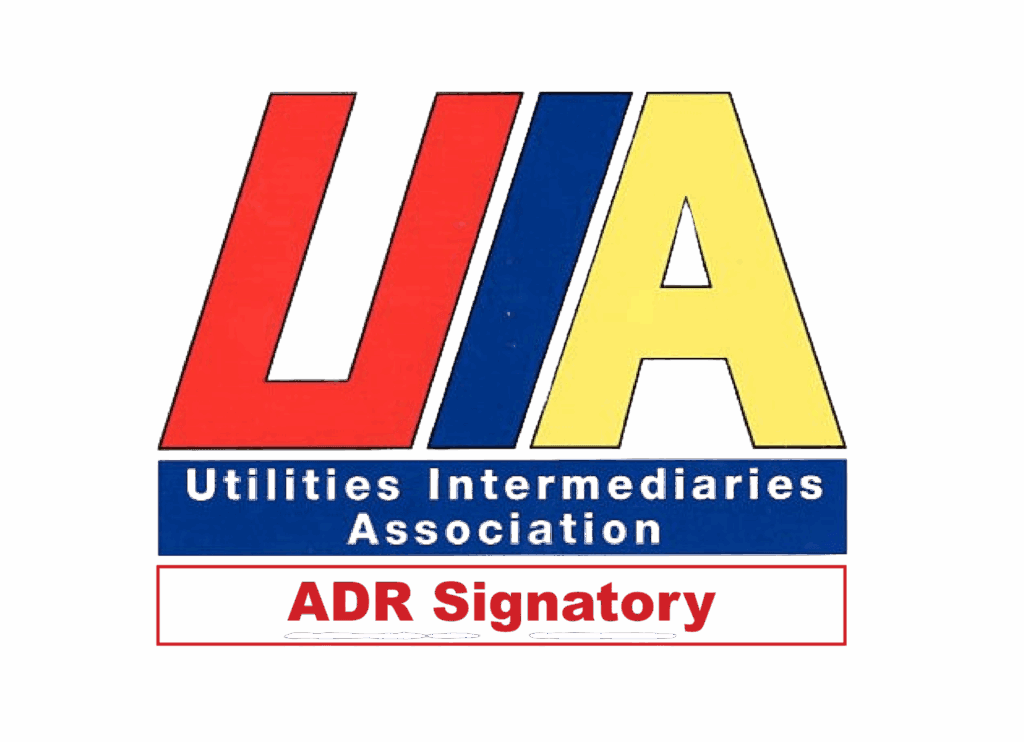Hadrian's Wall Faces A New Threat
Archaeologists at Hadrian’s Wall in Northumberland say global warming could soon ruin undiscovered Roman artefacts.
Dating back 1900 years, Hadrian’s Wall was built to keep out barbarians. However, over a thousand years later Hadrian’s wall faces a new threat, climate change.
The 73-mile-long wall is one of Britain’s most historic sites and has become immortalised in Robin Hood: Prince of Thieves featuring Kevin Costner and Morgan Freeman. The wall crosses from Newcastle to Carlisle forming Britain’s largest Roman archaeological site and is a UNESCO World Heritage site.
In recent years, archaeologists have unearthed stone and wooden structures, clothing, tools and even handwritten tablets.
The director of excavations and chief executive of the Vindolanda Trust Andrew Birley commented, “[Archaeological finds] are fantastic because they’ve completely changed our perception of the Roman Empire the Roman army, they’ve changed it from being a male preserve to lots of women and children running around.”
However, the future of Roman treasures has been put in jeopardy. As air temperatures rise, it causes the soil to dry, crack and let air in. When oxygen gets in contact with these relics they oxidise with the relics and catalyse the process of erosion and damage.
Dr Gillian Taylor said: “The impact of climate change upon archaeological sites requires urgent attention to prevent the loss and destruction of our World Heritage Sites.
“Understanding the impact of current climatic conditions upon sites, especially at the molecular level is challenging but important to ensure the development of management strategies to mitigate environmental challenges of the future.”















